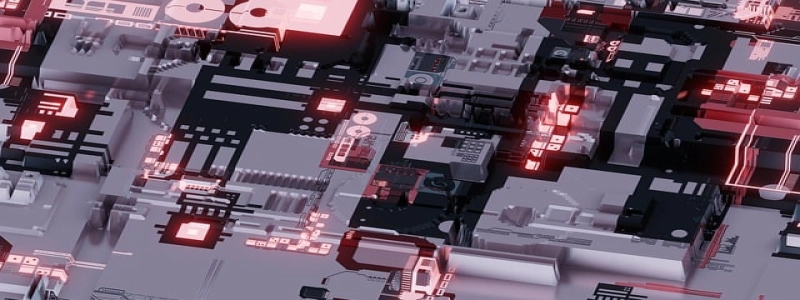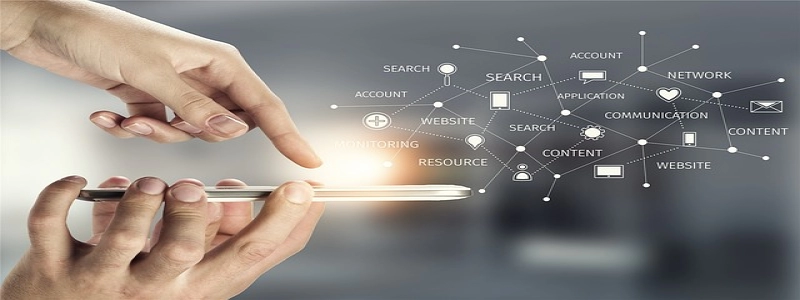Ethernet vs Phone Cable
Introduction:
In today’s highly interconnected world, reliable and fast internet connectivity is more important than ever. Two common options for connecting devices to the internet are Ethernet and phone cables. While both types of cables serve the purpose of transmitting data, there are significant differences between them in terms of technology, performance, and usage.
I. Ethernet Cables:
1. Definition: Ethernet cables, also known as network cables or RJ-45 cables, are designed specifically for networking and data transmission purposes.
2. Technology: Ethernet cables use twisted pairs of copper wires to transmit signals. These cables are typically categorized into different standards such as CAT5, CAT6, and CAT7, each offering varying speeds and capabilities.
3. Performance: Ethernet cables provide high-speed, stable, and reliable internet connections. They can support data transfer rates up to 10 Gbps and are well-suited for demanding applications such as online gaming, video streaming, and large file transfers.
4. Usage: Ethernet cables are commonly used to connect devices directly to a modem or router. They are extensively used in homes, offices, and data centers to establish wired connections between computers, printers, gaming consoles, and other network-enabled devices.
II. Phone Cables:
1. Definition: Phone cables, also known as RJ-11 cables or telephone cables, are primarily used for transmitting analog voice signals.
2. Technology: Phone cables typically consist of two or four twisted pairs of copper wires and are often thinner compared to Ethernet cables.
3. Performance: While phone cables were initially designed for voice communication, they can also support lower speed data transmissions. They offer limited bandwidth and data transfer rates, making them less suitable for bandwidth-intensive applications such as video streaming or large data transfers.
4. Usage: Phone cables are primarily used for connecting landline telephones to telephone jacks. They can also be used to connect other devices such as fax machines, modems, or older computer systems that rely on analog connections.
Conclusion:
Ethernet and phone cables are two different types of cables used for transmitting data. Ethernet cables offer superior performance, higher data transfer rates, and are suitable for demanding applications. They are commonly used for networking purposes in homes, offices, and data centers. On the other hand, phone cables are primarily used for voice communication and can support limited data transmission. Understanding the differences between these cables is essential in choosing the right one for your specific needs and ensuring a reliable and efficient internet connection.








